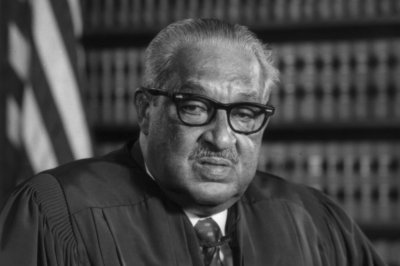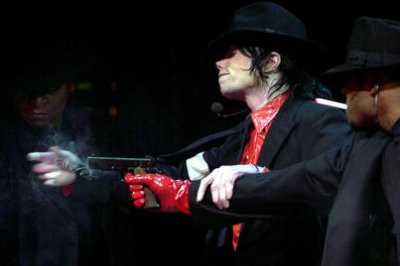Topic: John Logie Baird
John Logie Baird FRSE (1888-1946) was a Scottish engineer and inventor of the world's first practical, publicly demonstrated television system, and also the world's first fully electronic colour television tube. Although Baird's electromechanical system was eventually displaced by purely electronic systems (such as those of Philo Farnsworth), his early successes demonstrating working television broadcasts and his colour and cinema television work earn him a prominent place in television's invention.
In 2002, Logie Baird was ranked number 44 in the list of the "100 Greatest Britons" following a UK-wide vote. In 2006, Logie Baird was also named as one of the 10 greatest Scottish scientists in history, having been listed in the National Library of Scotland's 'Scottish Science Hall of Fame'.
Baird was born in Helensburgh, Dunbartonshire (Helensburgh is now in the Argyll and Bute council area). He was educated at Larchfield Academy (now part of Lomond School), Helensburgh; the Glasgow and West of Scotland Technical College (which later became the University of Strathclyde); and the University of Glasgow. His degree course was interrupted by World War I and he never returned to graduate.
It uses material from the Wikipedia article "John Logie Baird."










